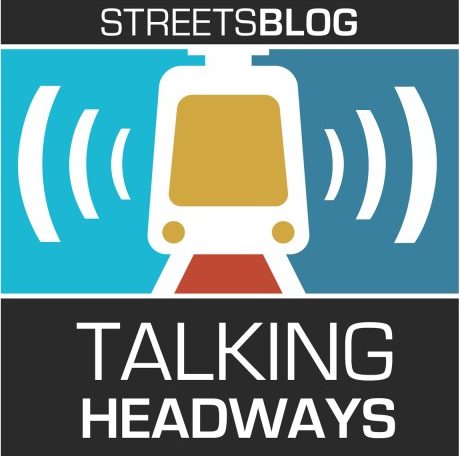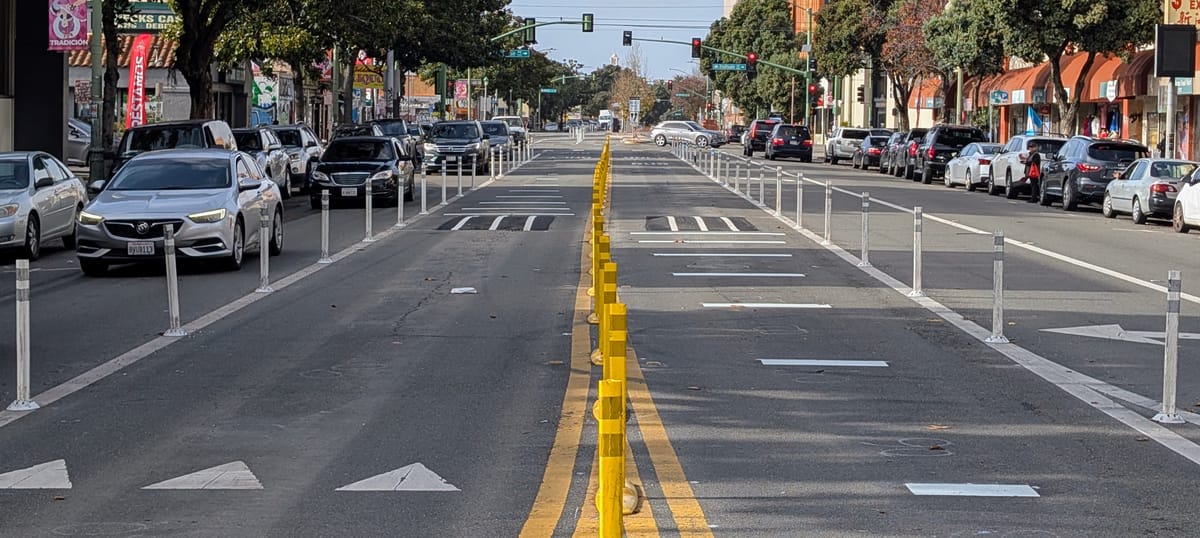This week, we’re joined by Danielle Arigoni, AARP’s director of Livable Communities. Arigoni chats with us about how AARP is working in every state to help cities become more age-friendly, how the pandemic is affecting older Americans, and how we can think more holistically about aging in place.
If you prefer to read rather than listen, an edited transcript is below the audio player. For a full (unedited) transcript, click here.
Partial transcript:
Jeff Wood: I’m curious what that framework is and how do you get to the point where you can actually advocate in all of these places? It’s pretty impressive I must say.
Danielle Arigoni: Yeah. So let me break that down a bit because we’ve made some changes in the last few years to accommodate the growth that we’ve seen. The World Health Organization for many years has run something called their Global Network for Age-Friendly Cities and Communities. And in that, they’ve developed what they call their eight domains of livability. And these are really driven by global concerns and feedback about what makes for an age-friendly place. So a number of countries around the world are pursuing this. I think there’s something like more than a hundred, perhaps 150 communities that are part of this global network. We had AARP, the US affiliate for the WHO, which means that we took their eight domains of livability. And we implemented them here in the U S and adapted them ever so slightly. Fundamentally, nothing has changed.
The eight domains are the same across the world, but what we’re able to do as the US affiliate is to open up a network of communities that are committed to that future. Some communities are members of the global network through WHO, some of the members of our network, and some are members of both. From our perspective, we don’t really care so long as people are thinking about these issues and preparing accordingly. But what that means for our us network, the AARP Network of Age-Friendly States and Communities, is that we have a very customized set of resources usable by US affiliates, US members who were undergoing this work.
An Age-Friendly Community is one that is committing to a better outcome, a better future. There’s never going to be a point in time where we check the box, give them a gold star and say, you’re done with the work. It just doesn’t happen. It’s an ongoing kind of commitment to continue to improve and respond to the needs of older adults. It’s a five-year process though. And so it really begins with an Age-Friendly Community. First of all, getting the support of their elected leadership. They have to have a letter for the mayor or a letter from the city council saying, "We commit to this work." That’s the first step. Then they begin a process much like most planning efforts. Hopefully if they’re well-designed it begins with listening. They do a survey of older adults. They do surveys of the community and find out what are the needs that you have, what’s not being met, what’s working well.
Then they develop an action plan. And that’s the plan that you were talking about with San Francisco. So the best plans that we see are ones that are very clear and they say, here’s what we heard from our committee members. Here’s what we’ve got right now. And here’s what we commit to do differently. The best plans are one that have very clear objectives and activities and goals and metrics. And there’s a lot of them out there that have that. So that then sets the basis for three years of implementation work. At the end of this five-year process, then communities develop what’s called a progress report to look back on the progress they’ve made. So we have probably about 40 to 50 communities that have reached that five-year mark.
We are actually currently constantly trying tell the story of what’s in those progress reports, what have we seen communities like Des Moines be able to achieve or Philadelphia, who’ve been at this for a while because the results are pretty impressive. There’s a few things I think that make it particularly impressive. One is in medications, particularly the smaller places, this work is very much volunteer driven. So you don’t have to be the city of San Francisco with, you know, a big budget. It’s helpful, but we have communities of a couple hundred people that are developing action plans. And even just by aligning resources, by bringing diverse stakeholders to the table, by creating a vision for what they want to achieve, they’re able to achieve change.
They’re able to materially improve the quality of life for older adults. And it’s remarkable. I think the framework that who created and that we have seen communities adapt and use, we’ve been at this since about 2012, we had a couple dozen communities back then join in. We have over 500 now. So the demand for it has been pretty intensive last few years.





